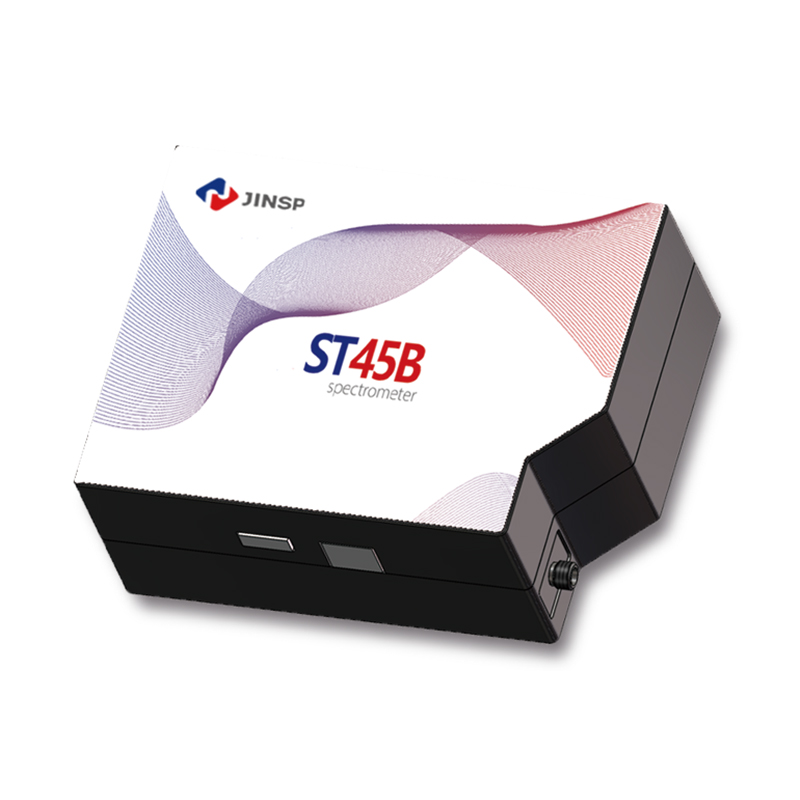Analytical Instrumentation Industry is projected to witness a CAGR of 4.8% during the period 2023-2032. This growth can be attributed to the increasing adoption of analytical instrumentation for precision medicine applications.
Selbyville, Delaware, Oct. 30, 2023 (GLOBE NEWSWIRE) -- Chemical Spectroscopy

Analytical Instrumentation Market size is expected to be worth USD 81.6 billion by 2032. With increasing advancements in technology and rising demand for precise & accurate analysis across industries such as pharmaceuticals, biotechnology, food & beverage, environmental monitoring, and healthcare, the industry has experienced substantial development in recent years.
Request for a sample of this research report @ https://www.gminsights.com/request-sample/detail/5961
The progression is backed by the need for quality control, regulatory compliance, and process optimization. Technological innovations, such as miniaturization, automation, and integration of various analytical techniques, have further fueled the demand for analytical instrumentation. The growing emphasis on R&D activities in sectors like drug discovery, genomics, and proteomics.
Chromatography instruments demand is on the rise
The analytical instrumentation market is divided into electrochemical analysis instruments, chromatography instruments, molecular analysis instruments, spectroscopy instruments, particle counters & analyzers, and others. The chromatography instruments segment is predicted to witness significant demand during 2023 and 2032. These instruments enable scientists to accurately analyze components within a mixture, identify impurities, and monitor product quality. They provide valuable insights into the composition & characteristics of samples, helping researchers make informed decisions and ensuring regulatory compliance. With advancements in chromatography technology, such as high-performance liquid chromatography (HPLC) and ultra-high-performance liquid chromatography (UHPLC), the demand for chromatography instruments will continue to rise.
Advancements in spectroscopy to influence industry expansion
The industry is segmented into chromatography, spectroscopy, polymerase chain reaction, particle analysis, and others. The analytical instrumentation market share from the spectroscopy segment is anticipated to grow substantially through 2032. Spectroscopic techniques, such as UV-visible spectroscopy, infrared (IR) spectroscopy, and nuclear magnetic resonance (NMR) spectroscopy, provide valuable information about the molecular structure, composition, and functional groups of samples. These spectroscopic techniques enable precise identification, characterization, and quantification of substances, facilitating applications in pharmaceuticals, materials science, environmental analysis, forensic sciences, and many other fields. The advancements in technology, such as the development of Fourier Transform Infrared (FTIR) spectroscopy and high-resolution NMR spectroscopy, have expanded the capabilities of analytical instruments, enhancing their performance and accuracy in a wide range of applications.
Ease of drug discovery using analytical instruments
The analytical instrumentation market is bifurcated into clinical diagnosis, drug discovery, cancer & genomic research, and others. Analytical instrumentation industry share from the drug discovery segment is expected to observe a significant surge from 2023 to 2032, as these instruments are used at various stages of the drug discovery process. They help researchers understand the structure-activity relationships, assess the absorption, distribution, metabolism, and excretion (ADME) properties, and determine the toxicity and safety profiles of potential drug molecules. By providing detailed information about the chemical & physical properties of drug candidates, analytical instruments aid in the selection of promising leads, optimization of their properties, and evaluation of their efficacy and safety, ultimately contributing to the development of new therapeutic agents.
Expanding pharmaceutical sector in the APAC region
Geographically, the Asia Pacific analytical instrumentation market has witnessed a substantial increase in recent years and is expected to continue its upward trajectory. The emerging economies in the region are witnessing rapid industrialization and increasing investments in R&D with a growing focus on quality control and regulatory compliance. The expanding pharmaceutical and biotechnology sectors, rising demand for food & beverage testing, environmental monitoring, and the adoption of advanced analytical techniques are cited as factors for regional industry expansion. Additionally, favorable investment policies, growing healthcare infrastructure, and increasing awareness about the importance of accurate analysis are creating significant opportunities for the analytical instrumentation industry in APAC.
Request for Report Customization @ https://www.gminsights.com/roc/5961
Some of the leading players in the global analytical instrumentation market are Bruker Corporation, Agilent Technologies Inc., Avantor, Inc., Hitachi High-Technologies Corporation, Bio-Rad Laboratories Inc., Illumina, Inc., and F. Hoffmann-La Roche AG, among others.
Partial Table of Contents (ToC) of the report:
Chapter 3 Analytical Instrumentation Industry Insights
3.2.1.2 Rising R&D spending by pharmaceutical industry & government research organizations
3.2.1.3 Increasing adoption of analytical instrumentation for precision medicine applications
3.2.1.4 Growing prevalence of chronic diseases
Browse Our Reports Store - GMIPulse @ https://www.gminsights.com/gmipulse

785 Nm Laser Global Market Insights Inc., headquartered in Delaware, U.S., is a global market research and consulting service provider, offering syndicated and custom research reports along with growth consulting services. Our business intelligence and industry research reports offer clients with penetrative insights and actionable market data specially designed and presented to aid strategic decision making. These exhaustive reports are designed via a proprietary research methodology and are available for key industries such as chemicals, advanced materials, technology, renewable energy, and biotechnology.